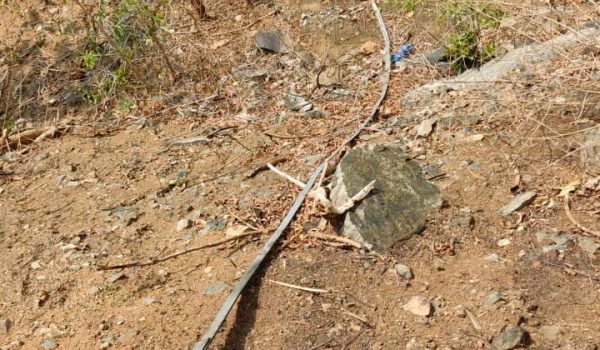
Background:
The site is equipped with a single 66kV grid incomer and three step-up power transformers, each rated at 6.3 MVA, along with three alternators, each with a capacity of 4 MVA. Additionally, there are two auxiliary transformers dedicated to supplying power to plant loads. The site generates power and also exports electricity to the common grid. Operations at the plant are primarily seasonal, focusing mainly on the rainy season.
During a shunt fault at the HT side, the client experienced multiple failures at the LT side. One incident involved observing sparks from the transformer wheels. The client has been unable to identify and resolve this issue for almost a decade. Consequently, the client authorized Bigeta to investigate and offer a solution to the problem.
